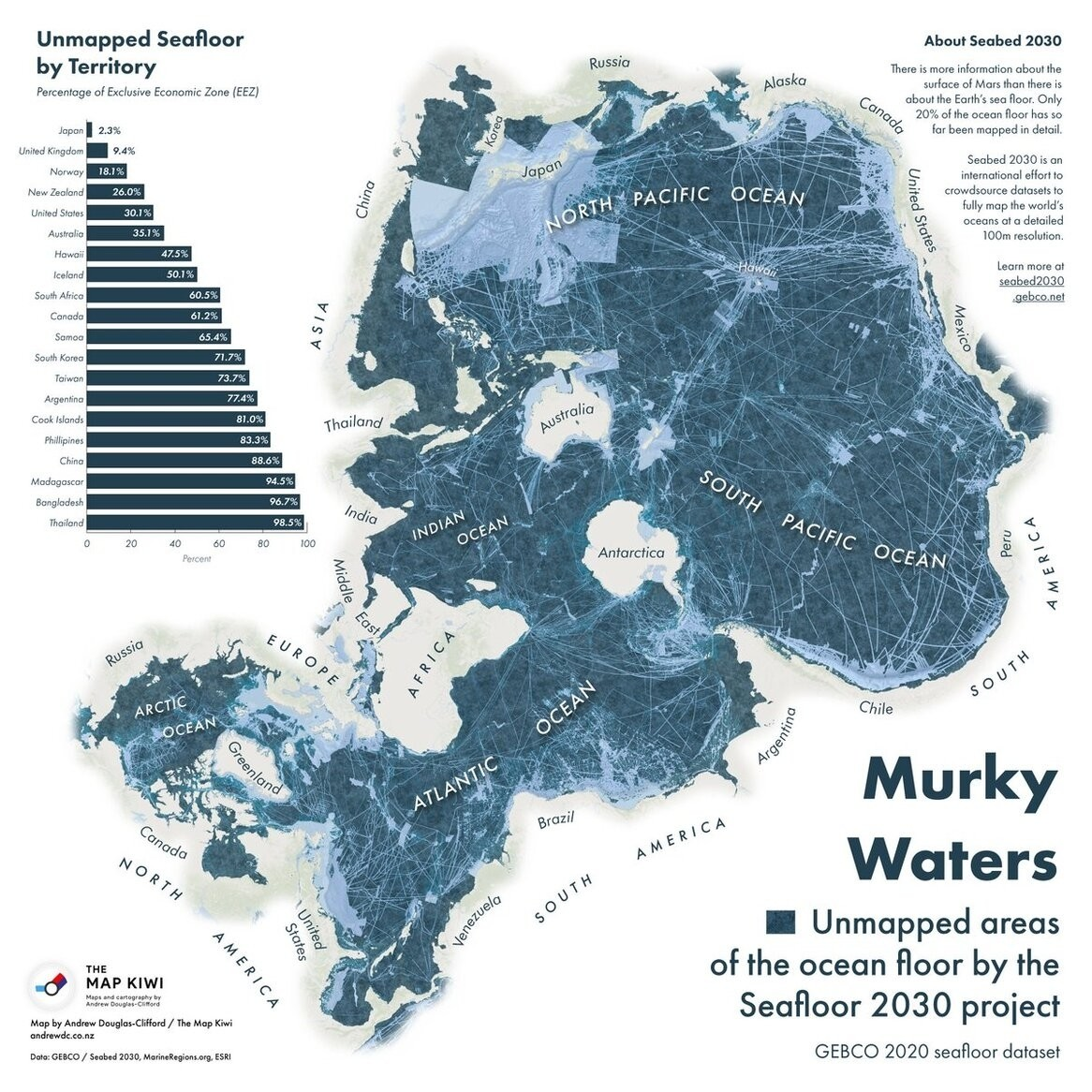Oceanographic research as a tool for environmental conservation – Chiriac Victor

Oceans cover more than 70 percent of the Earth, a surface area of 360 million square kilometers with an average depth of 3,682 meters. They are the largest and most inhabited livable space on our planet and, comparatively to land-based ecosystems, our knowledge about them is limited. As of 2021, only about 20 percent of the global seafloor has been mapped with modern high-resolution technology installed on ships such as the R/V Laura Bassi and R/V Celtic Explorer.. .
This scientific study of the oceans is called oceanography, also known as oceanology and simply, ocean science. It covers a wide range of topics, including ecosystem dynamics; ocean currents, waves, and geophysical fluid dynamics; plate tectonics and the geology of the sea floor; and fluxes of various chemical substances and physical properties within the ocean and across its boundaries. .

Multiple nations have established research institutions with the scope of understanding the world’s oceans. Such an organization is the Italian National Institute of Oceanography and Applied Geophysics (OGS). Its mission was developed according to five priorities that cover different areas of expertise: ecosystem function and biodiversity, observation and forecasting, climate change and ocean acidification, pollutants and plastics, and sustainable ecosystems and blue economy. .
By fulfilling its mission, OGS aims to find solutions to the world’s most serious problems and to help conserve and understand the maritime environment through research conducted both on land and at sea.